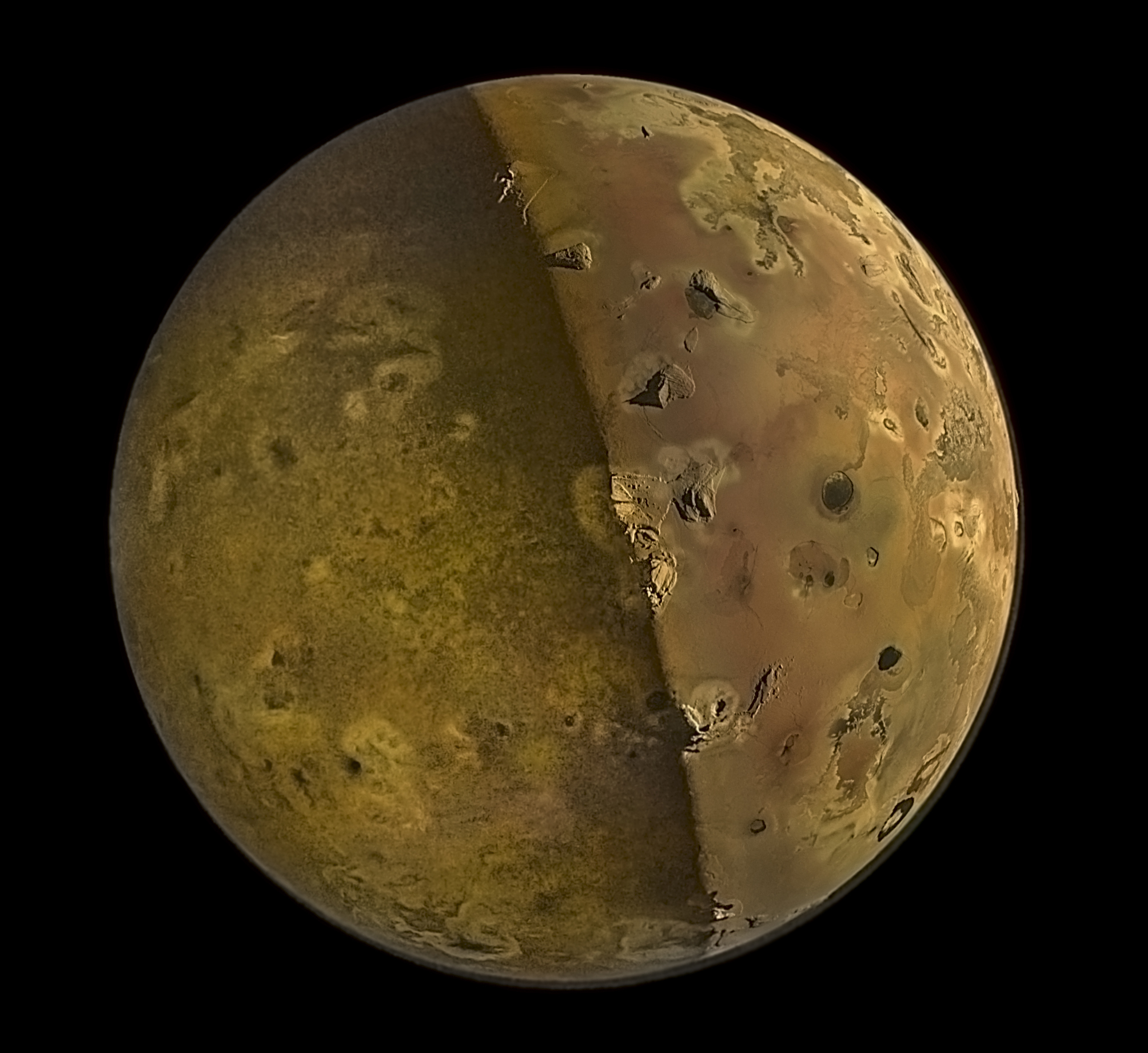2024-02-07 NASA

This Hubble Space Telescope image shows the powerful gravity of a galaxy embedded in a massive cluster of galaxies producing multiple images of a single distant supernova far behind it. The image shows the galaxy’s location within a large cluster of galaxies called MACS J1149.6+2223, located more than 5 billion light-years away. In the enlarged inset view of the galaxy, the arrows point to the multiple copies of an exploding star, named Supernova Refsdal, located 9.3 billion light-years from Earth.
Credit: NASA, ESA, and S. Rodney (JHU) and the FrontierSN team; T. Treu (UCLA), P. Kelly (UC Berkeley), and the GLASS team; J. Lotz (STScI) and the Frontier Fields team; M. Postman (STScI) and the CLASH team; and Z. Levay (STScI)
<関連情報>



